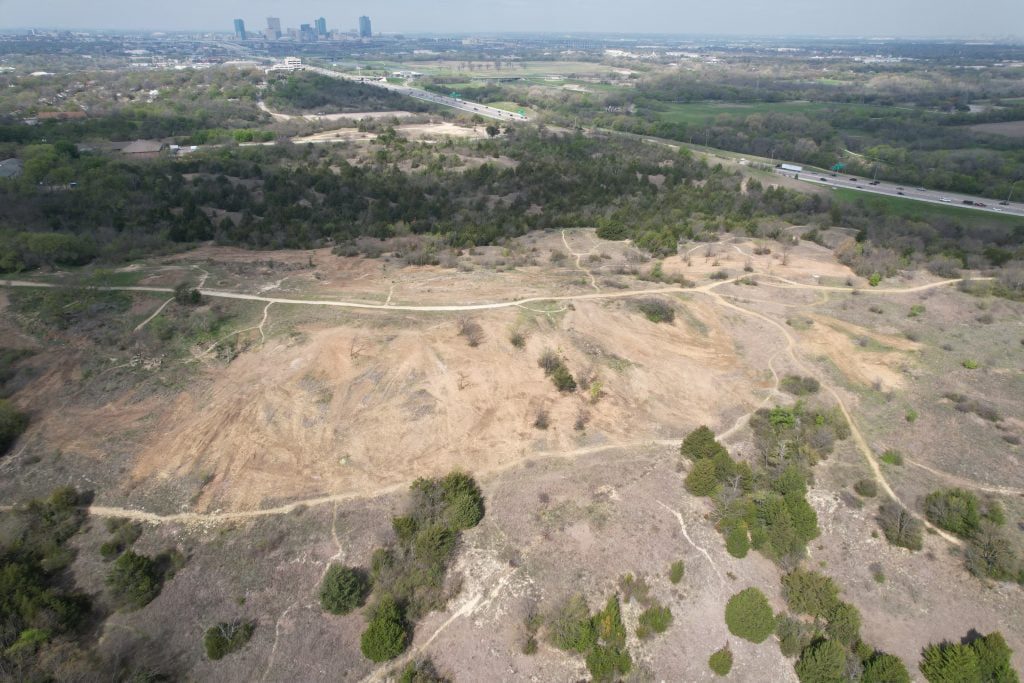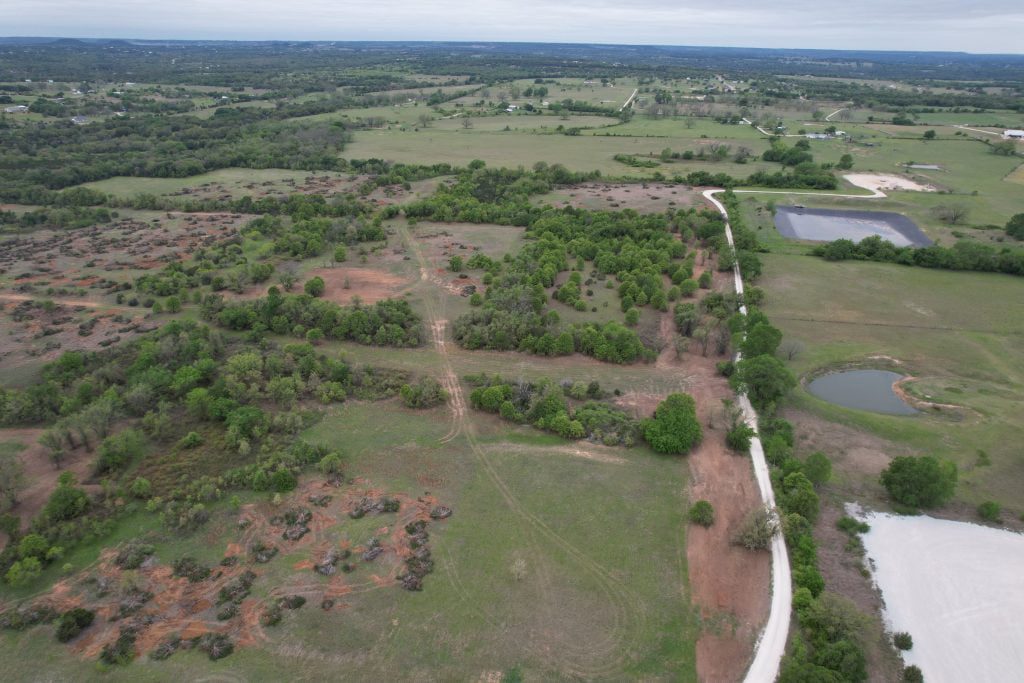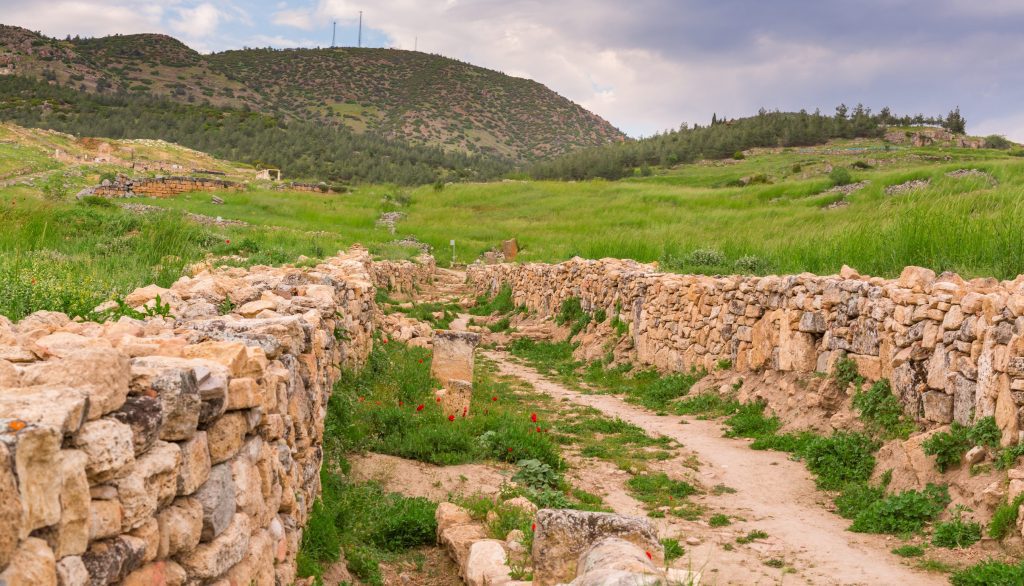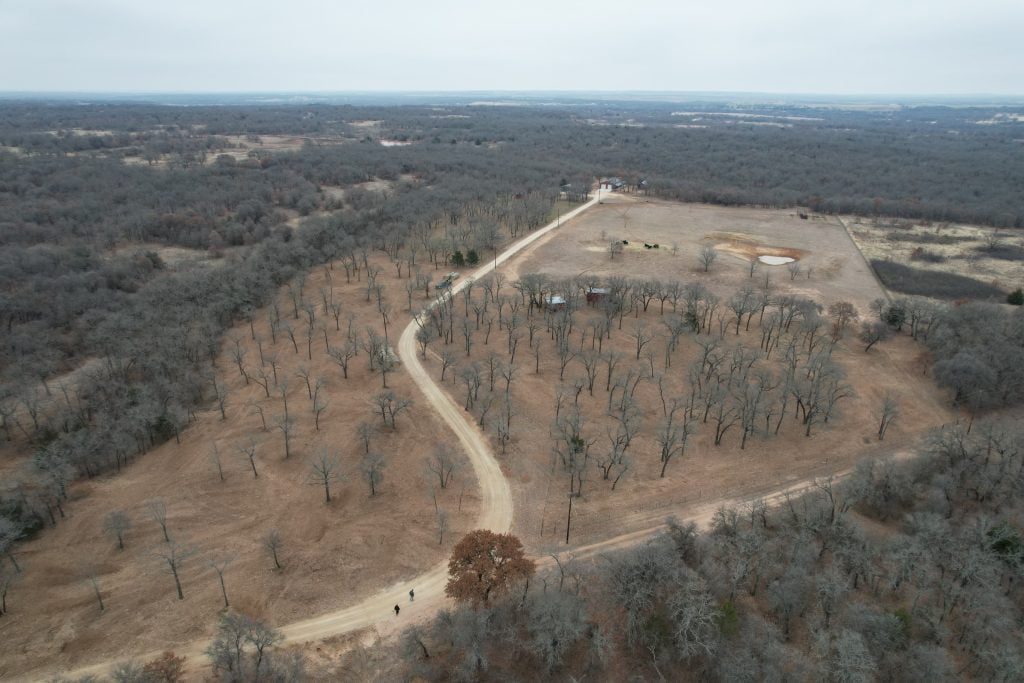Stewart Ranch Services
Bowie, Texas
Garland Road Building in Garland TX
DESIGN YOUR DREAM
PROPERTY
LAND
ACREAGE
DEVELOPMENT SITE
POND
Garland Road Building: The Process and Equipment Necessary for Construction in Texas
Through the ages, road construction has transformed from basic mud and brick structures to the integration of advanced machinery. This historical progression has been pivotal in fostering connections between communities. Shifting our focus to the contemporary era, we scrutinize Garland road-building techniques, exploring the methods and essential equipment components crucial for the success of projects in areas like Garland, TX. The use of materials such as stone or mud bricks takes center stage, emphasizing the commitment to sustainability in today’s construction practices.
Key Takeaways
Table of Contents
The Evolution of Garland Road Building

Road construction’s historical progression stands as a fundamental aspect of human development, shaping the trajectory of societal advancement. From primitive building materials to the cutting-edge technology of today, the methodologies for constructing roads have experienced significant improvements.
Urban streets and rural pathways have emerged as crucial arteries for commerce, leading to the implementation of new strategies and resources to meet the rising demand for convenience. This analysis delves into the historical continuum, tracing the path from ancient marketplace avenues to the current state of road building in Garland, Texas.
Ancient Roads
Throughout history, roads have been crucial for communication between regions, with constant evolution.
In Mesopotamia, early roads displayed ingenuity, utilizing mud bricks with bitumen and raised centers for improved drainage and a smoother journey. The dynamics of road construction underwent significant changes during World War II, aiming to enhance connectivity between urban areas, ranches, and farms through rapid transport systems.
This era marked the beginning of a transformative journey for rural roads across the nation, emphasizing not only construction but also the maintenance of highways and related features like farm roads and ranch paths. The consideration of proper drainage system designs played a pivotal role in this evolutionary process.
Modern Road Construction
Road building in Garland, TX has experienced a significant improvement due to the integration of advanced components and machinery. Modern construction techniques involve a diverse range of materials, such as soil stabilizers, asphalt, concrete, and dry lean concrete. This evolution not only leads to cost-effective road maintenance but also enhances the overall durability of the roads.
Asphalt, a crucial component, is composed of 95% aggregate and 5% binder. Similarly, concrete, frequently employed by the Texas Department of Transportation for highways and major asphalt roads, is a blend of water, sand, cement, and aggregates. The choice between these materials depends on various factors, including the intended purpose of the roadway, traffic volume, and geographical conditions.
Recent developments have ushered in a new era of swift progress in road construction, utilizing advanced machinery like excavators, compact track loaders, and dump trucks. These technological advancements contribute to heightened precision and efficiency in the construction process.
In addition to excavators and dump trucks, wheel loaders, working in tandem with dump trucks, are commonly used. Furthermore, advanced paving equipment plays a crucial role in constructing farm/ranch roads and urban pathways. It’s noteworthy that, while Texas has specific requirements with a focus on cost considerations, various regional elements are taken into account.
Garland Road Building - Essential Steps

The intricate process of road construction demands careful consideration of various essential phases for a successful outcome. From the initial stages of design conception to execution, encompassing land clearing, earthworks, paving, and quality control, each step plays a pivotal role in ensuring the security and stability of the constructed roads.
Delving deeper into the process, meticulous planning precedes any project, involving detailed land clearing that may include trench digging, tree removal, and soil grading. Planning also involves a comprehensive analysis of costs, scheduling considerations, and logistics, ensuring the availability of the necessary equipment, skilled labor, and reliable subcontractors. Additional measures include the application of asphalt coverings to enhance durability, all under the watchful eye of stringent quality assurance protocols.
In Garland, Texas, and neighboring areas, Stewart Ranch Services stands ready to provide a free quote, marking the starting point for the successful realization of your project.
Planning and Design
The commencement of road building in Garland, Texas follows a systematic planning phase, a critical precursor to achieving successful outcomes. During this stage, crucial elements such as existing and anticipated traffic patterns, comprehensive cost-analysis data, design sketches, and financial requisites are taken into meticulous consideration. Notably, the engagement of civil engineers and city planners is integral to initiating a thorough planning process before delegating the project to the responsible construction company.
When undertaking road engineering projects, specific factors demand careful consideration, including the establishment of speed limits based on the types of vehicles expected to utilize the roads. Furthermore, the process includes angle grading, thorough evaluations of potential view obstructions, and the determination of requisite braking distances. These elements collectively prioritize safety standards aligned with the local community’s requirements, simultaneously enhancing the driving experience for road users.
Land Clearing and Site Preparation
In the realm of road building in Garland, TX, effective land clearing and site preparation are essential processes. This crucial phase involves removing vegetation, trees, and various materials from the land before construction can commence. Grading and excavation play vital roles in creating a level ground surface, crucial for proper drainage and to prevent issues like potholes in completed roads on farms or ranches.
The importance of land clearing extends to various construction projects, including buildings and roads. Tasks encompass adding or removing rock, dirt, trees, soil, trenching, ground excavation, embankment construction, and filling placement.
Utilizing advanced equipment like farm machinery, mini-excavators, and compact track loaders accelerates the land-clearing process, ensuring precision in height measurements during grading stages. This precision is crucial for shaping road locations efficiently.
Additionally, installing culverts is imperative to address potential flooding and safeguard against disruptions to productivity. These measures contribute to establishing high-quality access routes, seamlessly connecting markets to local farmers’ lands.
The integration of advanced tools forms the foundation of an effective system for laying the groundwork in rural areas, enabling safe car travel without encountering bumps caused by rainwater pools or insufficient underlying structures.
The application of paint on pavement and road markings
Ensuring the safety and efficiency of a highway relies on the accurate application of pavement markings that distinctly define directions and lanes.
Tips for pavement and road marking:
Road marking regulations:
Adhering to the specific road marking regulations of each country is vital for those undertaking extensive road marking projects. The ability to paint various lines and symbols in line with these standards is indispensable. Utilizing a multi-gun, multi-color setup, particularly a striper with automatic gun control, streamlines the process of creating precise broken lines.
Curb Marking:
Addressing curb marking challenges is a common hurdle in pavement marking projects. The 90° angle of curbs requires a specialized gun configuration for effective spraying, overcoming this frequent obstacle.
Reflective road marking:
Reflective road marking adds another layer of complexity, requiring a special material with glass microspheres. The application of these microspheres demands specific equipment, such as the Graco Linelazer HP reflective series, featuring a pressurized bead reservoir. This advanced system boasts an adjustable nozzle for precise control over the width of the microsphere dispersion, ensuring heightened accuracy.
Garland Road Building - Farm to Market and Ranch Roads

The significance of farm roads lies in their unique role, connecting rural regions to urban hubs and facilitating the transportation of people and goods. However, the construction of these roads is a complex task that demands attention to both safety and durability.
The process initiates with a thorough examination of the terrain to design an optimal route, followed by obtaining the required permits from relevant authorities. Land clearing and soil preparation precede the actual construction, laying the groundwork for a sturdy road network.
Grading and paving are pivotal stages, with the choice between asphalt and concrete dependent on specific project needs. Integrating drainage systems, constructing switchbacks, and erecting walls in hilly areas are crucial elements of the road-building process. Each step is integral to the creation of secure and functional routes that align with local agricultural requirements, including those of ranches.
To ensure continual functionality, routine maintenance inspections are conducted, focusing on preserving the road’s optimal condition. Installing signage and features like gutter curbs plays a crucial role in water control, particularly during periods of heavy traffic, preventing potential flooding.
Garland Road Building - Sustainable Practices

Road building in Garland, Texas is faced with environmental concerns, so sustainable practices to reduce the impact are crucial. To meet these standards, it is necessary to utilize materials during production that have a reduced effect on the environment and that can decompose in an eco-friendly way.
Employing methods such as using recycled asphalt and concrete instead of new materials or designing durable products for longevity will help minimize the amount used while also cutting down maintenance costs. By implementing these measures into road construction processes now we’ll create more environmentally friendly options going forward.
Case Study: Successful Road Construction Project in Texas

El Paso’s I-10 reconstruction and expansion project exemplifies a successful approach to the intricacies of road construction, mirroring strategies employed in Garland and San Antonio.
Strategic planning regarding budgeting and timelines was pivotal for the project’s success. The involvement of experienced personnel, committed to ongoing training and strict adherence to safety protocols, played a significant role in achieving the desired outcome. The utilization of cutting-edge machinery was equally instrumental, ensuring precision and expediting the overall completion.
This case study emphasizes the value of incorporating top-tier techniques in roadwork, where the synergy of deliberate planning, skilled labor, and advanced equipment application proves particularly fruitful in the unique context of building highways in Texas.
Summary
The evolution of road construction from mud bricks and stone in ancient civilizations to the use of advanced materials, equipment, and machinery today is noteworthy. Careful planning along with proper site preparation are key components for a successful project outcome.
In Garland, Road building has become increasingly important as our world continues its interconnectedness. Creating safe, resilient roads that will last generations must be prioritized by implementing suitable practices during every step of construction including sourcing appropriate supplies such as mud or any other material required.
Frequently Asked Questions
What is the meaning of road building?
In Garland, road-building projects rely on materials like asphalt and concrete, sourced from mining sites that transport gravel to various plants for production.
How do you build a road?
Precision and attention to detail define Garland road-building, starting with land clearing, grading, and subgrade work.
- Subgrade: During subgrade work, existing grass and topsoil are removed to establish a robust foundation for the road.
- Material types: Materials like road base, crushed concrete, screened gravel, and asphalt millings are integral to constructing roads with longevity.
Stewart Ranch Services takes pride in its expertise in Garland Road Building projects, offering a comprehensive solution from land preparation to the final surface course for a reliable and enduring road infrastructure.
